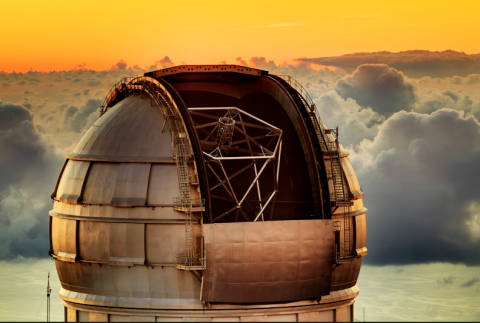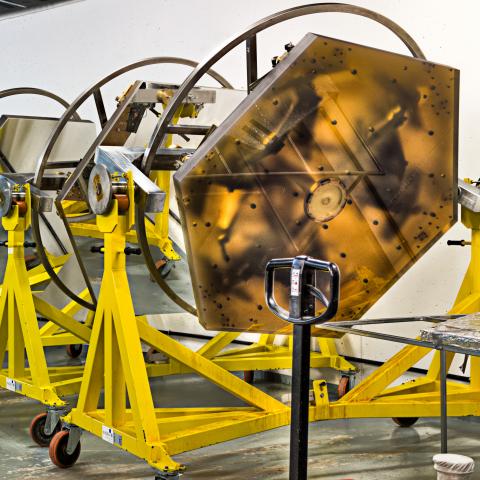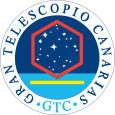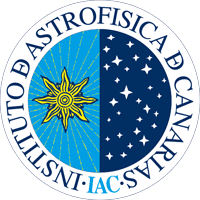Gran Telescopio Canarias (GTC, also commonly known as GRANTECAN), is presently the largest optical telescope of the world, and one of the Spanish Unique Scientific and Technical Infrastructures. The telescope is located at the Observatorio del Roque de los Muchachos in the island of La Palma in the Canary Islands, under a privileged sky that is among the darkest and most transparent ones of the world. With GRANTECAN, every clear night we observe the sky in the effort to improve our knowledge of the Universe.
Outreach
Communicating our work and discoveries to the society is an essential aspect of our mission. This is done through press releases, journal articles, talks, exhibitions, and thousands of annual visits to the telescope during daytime. However, accessing GRANTECAN at night when the telescope is in action and its scientific discoveries occur, is prevented by its remote geographical locations and by the fact that the night access to the Observatory is restricted only to astronomers and technicians working in the installations.
More info about GRANTECAN

Open doors to GRANTECAN
This project aims to open the doors of GRANTECAN at night to the public, taking advantage of the opportunity that the widespread internet connectivity provides nowadays. Its goal is to show in real time the work that is done in GRANTCEAN, as well as the exceptional night sky of La Palma. This is achieved by streaming the content of several highly sensitive cameras located indoor and outdoor, and by providing real-time information about the weather conditions, the area of the sky which GRANTECAN is pointing at, and the scientific studies that the telescope is executing. In addition, on specific nights a professional astronomer will be available from the GRANTECAN control room to chat with the public about the telescope and the wonders of the Universe. We really hope that all this will contribute to bring society closer to science and the work of scientists, and to better understand the importance and beauty of Astrophysics.


